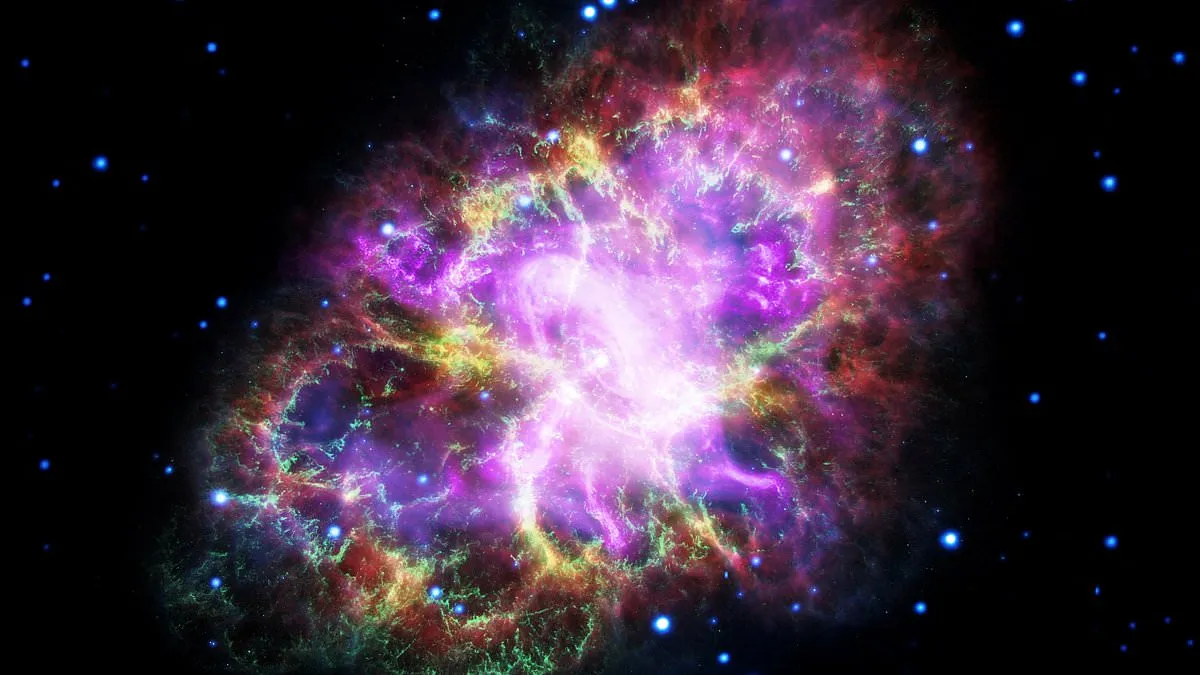
Despite covering 70 percent of our planet's surface, the exact origins of Earth's water remain a topic of debate among scientists. Recent research from the University of Portsmouth suggests a groundbreaking theory: water may have first formed in the debris of supernova explosions just 100 to 200 million years after the Big Bang. This discovery indicates that the essential ingredients for life on Earth were present much earlier than previously believed.
According to the researchers, water formation occurred when the universe's first stars reached the end of their life cycles and collapsed into supernovae. During these explosive events, the oxygen generated by the supernovae cooled and mixed with surrounding hydrogen, leading to the formation of water in the remnants of these stellar explosions. The dense, dusty cores left behind are also considered the most likely sources of the raw materials that eventually formed the first planets.
In their paper, Dr. Daniel Whalen and co-authors state, "Besides revealing that a primary ingredient for life was already in place in the Universe 100–200 Myr after the Big Bang, our simulations show that water was probably a key constituent of the first galaxies." This insight reinforces the notion that water, with its chemical formula H2O, is not just vital for life but also crucial in the universe's evolution.
Water is composed of two elements: hydrogen and oxygen. While hydrogen was formed alongside other light elements like helium and lithium during the initial moments after the Big Bang, oxygen had to be produced through nuclear reactions in stars. Roughly 100 million years after the Big Bang, clouds of primordial hydrogen and helium began to coalesce under gravitational forces, ultimately forming stars and illuminating the cosmos for the first time.
As these early stars exhausted their hydrogen fuel, they collapsed, resulting in massive supernova explosions that reached temperatures of around 1 billion degrees Celsius (or 1.8 billion degrees Fahrenheit). These cataclysmic events fused lighter elements into heavier ones, including oxygen. The researchers modeled the aftermath of two supernova explosions: one from a star 13 times the mass of the Sun and another from a star 200 times as massive. Their simulations revealed that the first supernova produced 0.051 solar masses of oxygen, while the second generated an impressive 55 solar masses of oxygen.
Following these explosions, a vast cloud of hydrogen and oxygen was expelled, creating an enormous halo around the remnants of the star. Initially, the low density of this halo meant water levels were minimal. However, as the halo collapsed under gravity, water levels began to rise significantly. Within 30 to 90 million years, the smaller supernova produced between one hundred-millionth and one millionth of a solar mass of water, while the larger explosion produced 0.001 solar masses of water in just 3 million years.
These findings could provide crucial insights into how water reached habitable planets like Earth. The dense 'molecular cloud cores' where water was abundantly formed are likely to be the origins of protoplanetary disks, swirling clouds of dust that eventually lead to planet formation. In some of these disks, water levels could have been nearly as high as they are in the universe today.
The researchers conclude, "These disks would have been heavily enriched by primordial water, to mass fractions that were 10–30 times greater than those in diffuse clouds in the Milky Way." This abundance of water and the likelihood of low-mass star formation suggest that planets with liquid water could emerge soon after the first supernova explosions. Such implications mean that the conditions necessary for life may have been established billions of years earlier than previously thought.